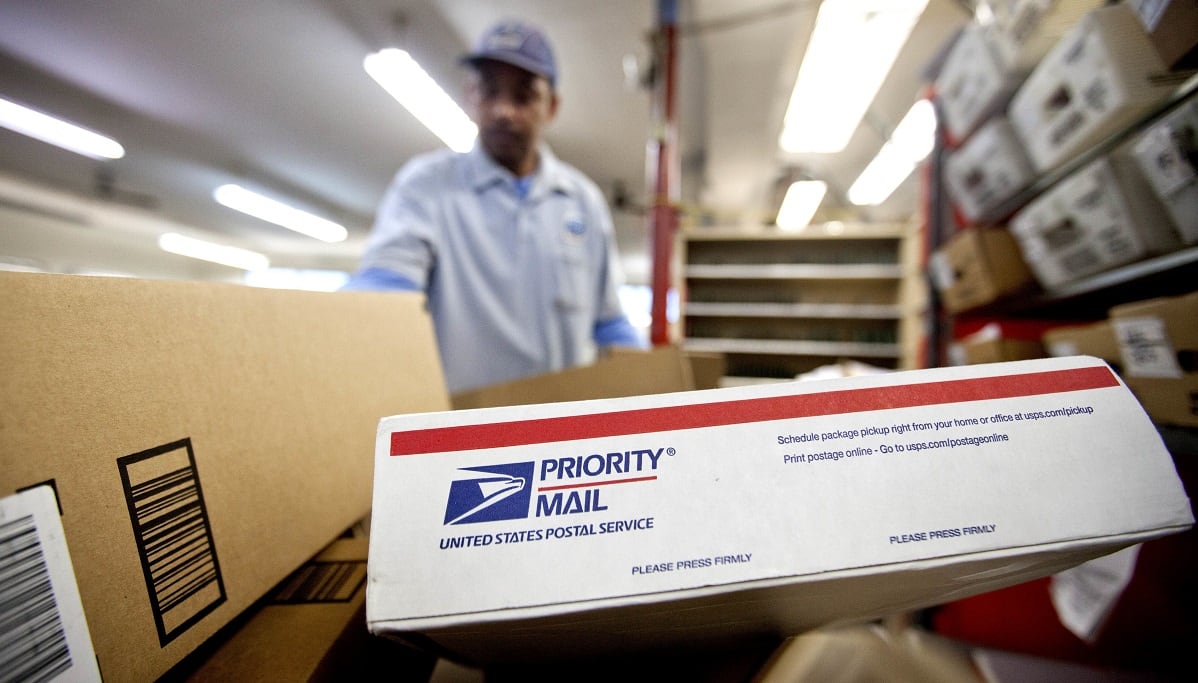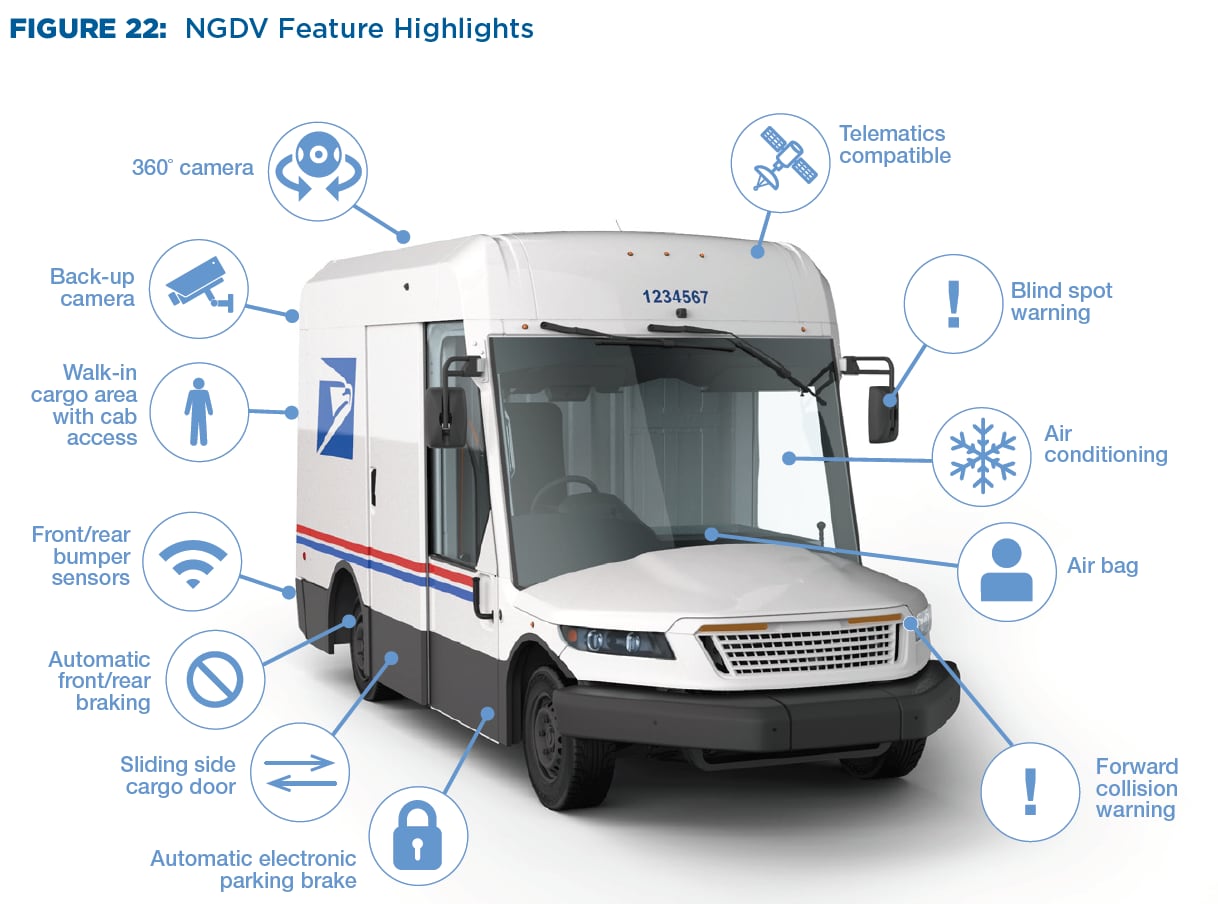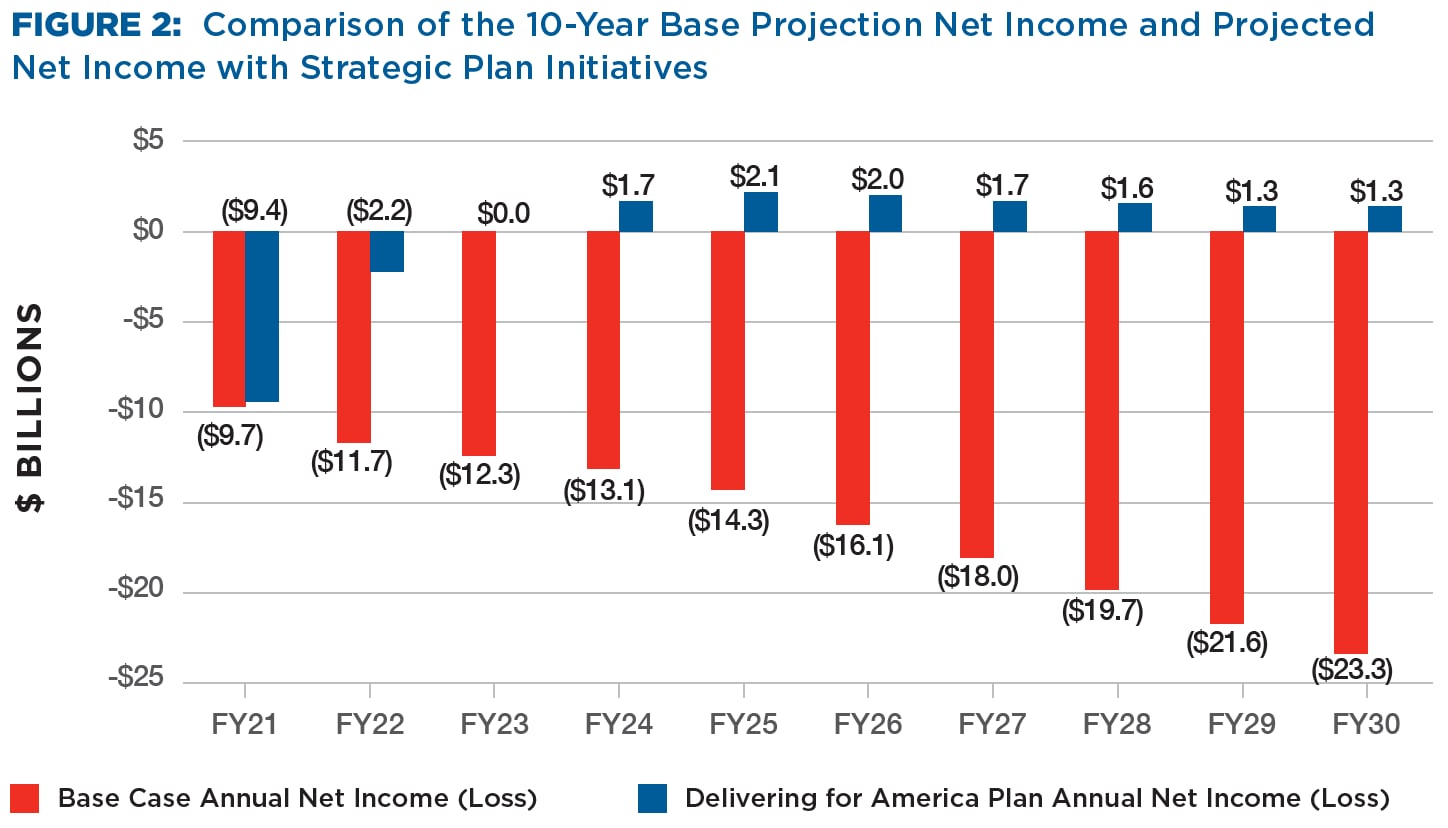Workforce retention, safety and career planning are central components of the U.S. Postal Service’s 10-year initiative to make the agency more efficient and financially solvent, according to the plan released March 23.
“Investing in the Postal Service’s future means investing in our people,” said Postmaster Louis DeJoy, in a news release.
“For too many years, Postal employees have been asked to do more with less — forced to employ antiquated systems, utilize outmoded equipment, and drive outdated vehicles. This drives up costs and slows down service for customers. We cannot afford to keep this up. We believe firmly in putting the 644,000 women and men of the Postal Service in the best possible position to succeed in their mission of service, while also enabling a more predictable progression from non-career employees into the career workforce. Our goal is to significantly reduce non-career annual turnover rates.”
RELATED

In particular, the plan intends to shore up the non-career workforce at the agency, who do not receive the same employee benefits and have more variable schedules than career employees, by working to cut turnover and provide a clear path for advancement at the agency.
“USPS senior managers should be given credit for already acting on those recommendations by hiring 11,000 additional career workers to staff sorting facilities at the start of 2021 and adding 1,700 more this month,” American postal Workers Union President Mark Dimondstein said in a statement.
USPS intends to expand diversity at the agency across the board and in leadership positions in particular while giving frontline leaders greater capability to manage.
The new plan also aims to enhance workplace safety, a critical goal, as USPS constitutes the most injury, illness and on-the-job fatality cases in the federal government.
Part of that safety improvement will include the introduction of new vehicles — which will be deployed to carrier routes starting in 2023 — that will include the most modern safety features, air conditioning and increased cargo space for package delivery. These vehicles will replace trucks that are currently 28 years old on average.

The investment in new vehicles is at the core of several operational and cost-saving strategies outlined in the plan, as the new vehicles will have electric capability to get the agency to a planned all-electric fleet by 2035 and the larger cargo space will accommodate for projected rises in package volume.
In fact, the plan aims to convert sorting and processing space to accommodate for that increased package volume.
“We are in the process of procuring and deploying more than 185 new package sorters as we continue to adjust to the growing package demand,” the plan states.
“To supplement our customers’ growing package volume, we are currently evaluating the addition of approximately 45 annex facilities to be placed near processing centers in key locations.”
In the meantime, first-class mail timeframes would be extended to a one-to-five-day service standard, rather than one-to-three-day, to enable the agency to keep more mail on ground transportation and increase the efficiency of mail handling overall.
The plan also requests that Congress remove the prefunding mandate for employee retiree health care — which has been repeatedly characterized as one of the largest and most unnecessary financial strains on the agency — while requiring all future postal retirees to enroll in Medicare.
Despite past management changes instituted by DeJoy that caused widespread criticism from both members of Congress and Postal employee unions, major elements of this 10-year plan have union support.
“There are many positive elements in the USPS Delivering for America Plan, including: its adoption of a credible growth strategy (worth $24 billion in revenues over 10 years) focused on helping millions of small- and medium-sized companies reach all Americans, particularly those in rural and under-served communities with direct mail and e-commerce services; its commitment to maintaining 6- and 7-day delivery; its plans to invest $40 billion in new vehicles, improved post offices, technology improvements, and infrastructure upgrades; its openness to expanding services provided by the Postal Service’s unmatched retail network; its embrace of the electrification of its delivery vehicle fleet; and its recognition that improving the work experience of postal employees and reducing turnover are essential to improving the quality of service,” said Fredric Rolando, president of the National Association of Letter Carriers, in a statement.
“We have obvious concerns with certain operational elements of the plan, but we look forward to engaging the Postal Service in productive discussions regarding any changes to ensure that our members’ contractual rights and career interests are protected and that we achieve timely and reliable service to the American people.”
Dimondstein said that his organization had “deep concerns” about the plans to lengthen service times and potentially consolidate postal facilities.

The plan makes the case, however, that without serious and immediate action, the agency will fall further and further behind its ability to financially recover, whereas these initiatives will get the agency to a break-even state by fiscal year 2023.
“The need for the U.S. Postal Service to transform to meet the needs of our customers is long overdue,” said DeJoy.
Jessie Bur covers federal IT and management.
In Other News



